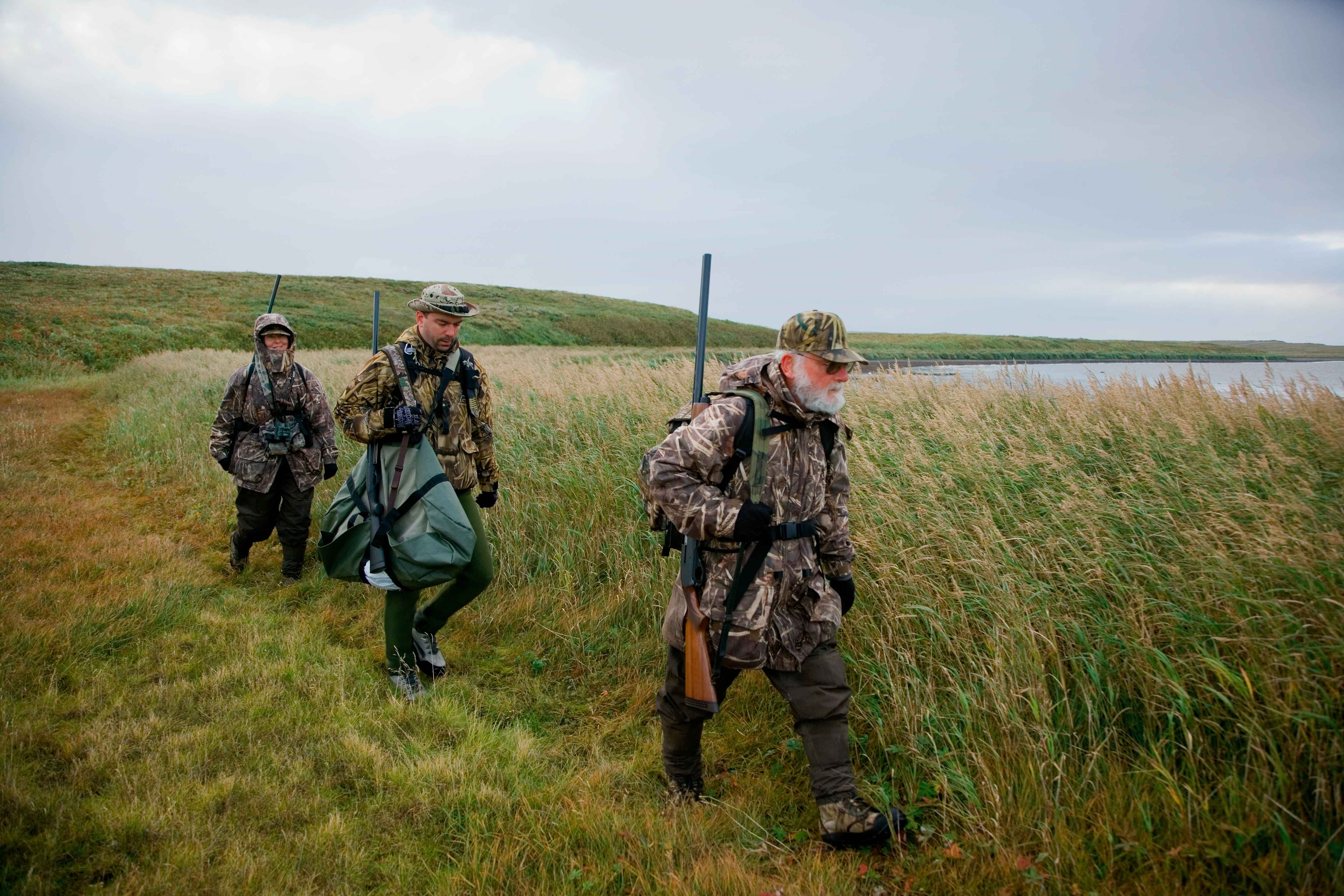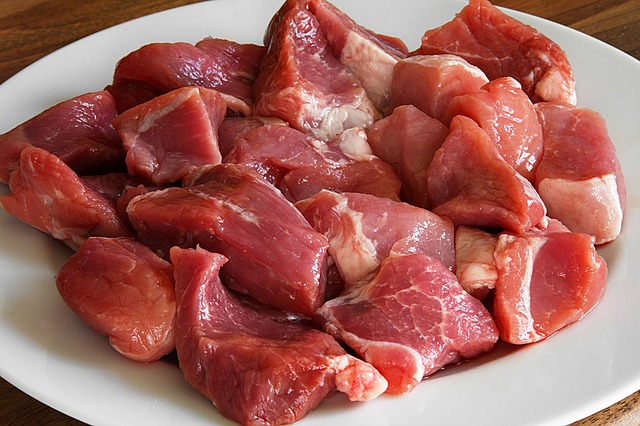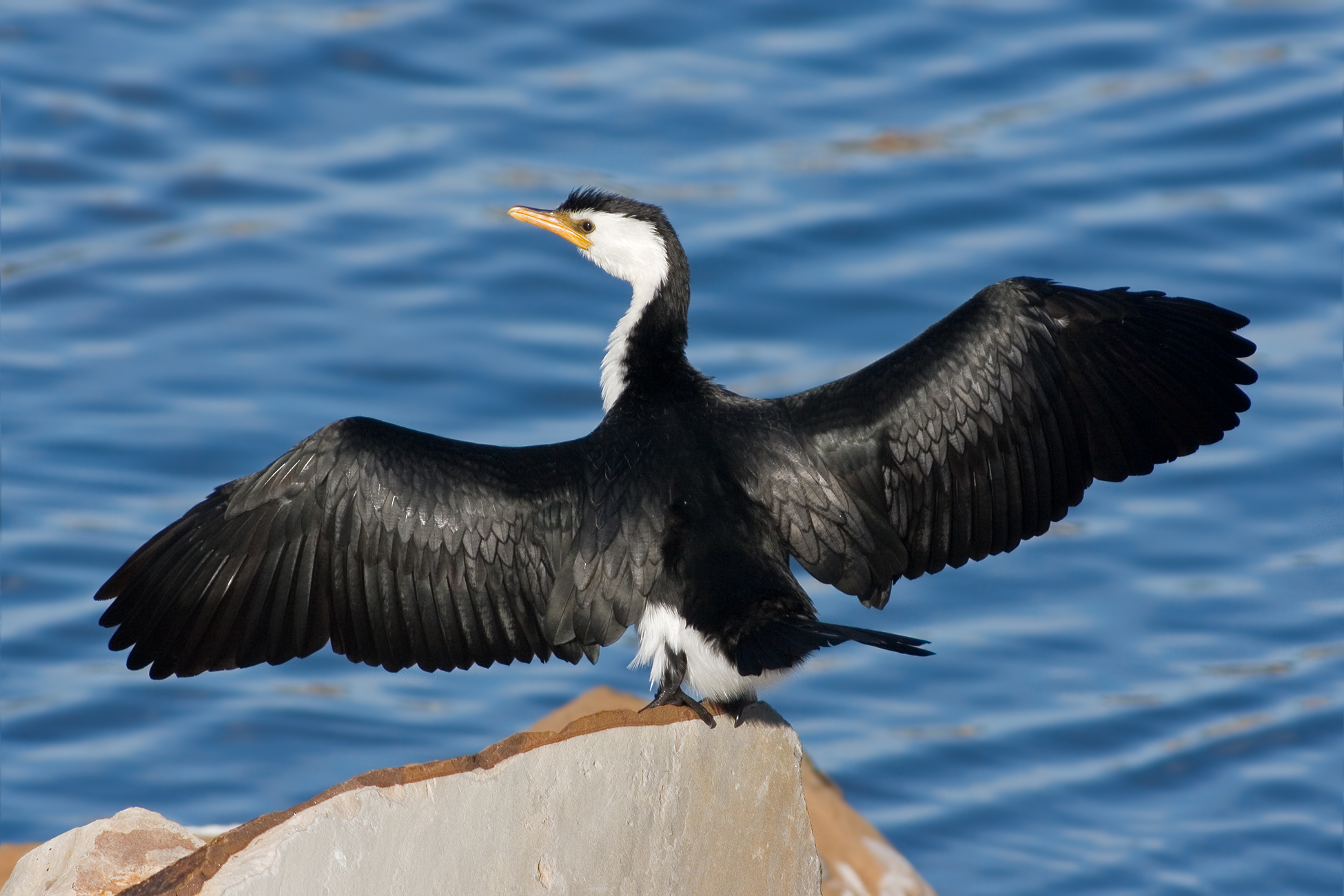This article is an excerpt from Bushcraft: The Ultimate Guide to Survival in the Wilderness by Richard Graves. Learn more from his book, available here. Used with permission from Skyhorse Publishing, Inc.
Food and water are vital for survival. Under normal conditions, a person cannot live longer than three days without water but can survive ten days or more without food. Nutritionally, food must provide proteins for body repair and carbohydrates as energy fuel.
 Proteins—found in foods like meat, cheese, nuts, and beans—are essential for rebuilding body tissues. Carbohydrates, present in starchy foods such as bread, sugar, and potatoes, are crucial for energy. Without sufficient fuel, your body cannot function effectively.
Proteins—found in foods like meat, cheese, nuts, and beans—are essential for rebuilding body tissues. Carbohydrates, present in starchy foods such as bread, sugar, and potatoes, are crucial for energy. Without sufficient fuel, your body cannot function effectively.
A balanced diet requires one part protein to six parts carbohydrates. Essential salts and minerals are naturally available in meats, vegetables, and fruits. In tropical areas, maintaining salt levels is particularly critical due to heavy perspiration.
General Rules for Edible Food
Nearly all freshly killed animal flesh is safe to eat, including mammals, birds, and reptiles. However, not all fish are safe, and certain species may carry toxins. Always ensure meat is thoroughly cooked to eliminate harmful parasites.
Parasite Infestations

While freshly killed meat is generally non-toxic, it can harbor dangerous parasites, such as those found in rabbits and pigs. Cooking meat thoroughly destroys parasites and ensures safety. Special caution should be taken with freshwater fish and shellfish, which are particularly prone to infestation.
Bacterial Decay
Decay caused by bacterial action can render meat unsafe. Sterilization through boiling or baking can extend meat's usability in emergencies. Even if blowflies or maggots are present, the meat can often be washed and safely consumed after thorough cooking.
Edible but Unpalatable Options
Some meats, though safe, may be unappealing. For example, the flesh of cormorants or divers is edible but highly fishy. Similarly, cat, dog, or rat meat is safe and tastes similar to more common proteins if prepared without bias.
 Emergency survival prioritizes sustenance over taste. The general rule is that nearly all bird, mammal, and reptile flesh is safe, though palatability varies. Always cook meat to improve safety and flavor.
Emergency survival prioritizes sustenance over taste. The general rule is that nearly all bird, mammal, and reptile flesh is safe, though palatability varies. Always cook meat to improve safety and flavor.














